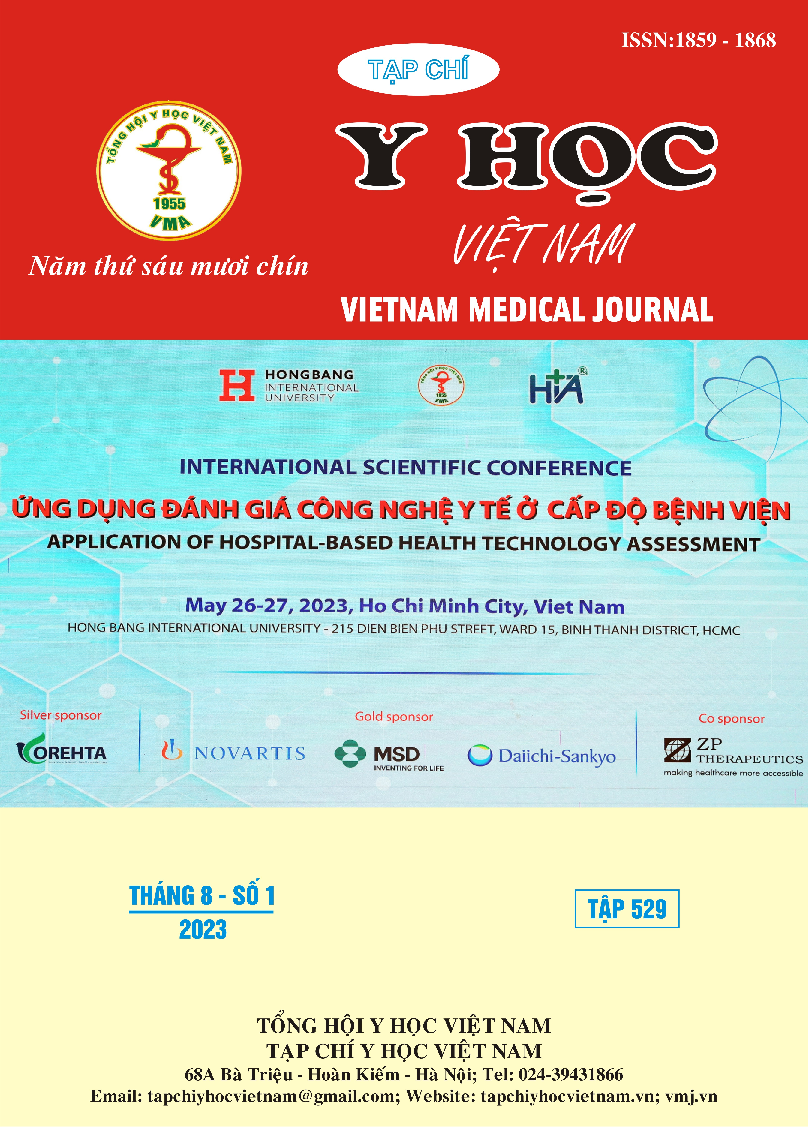ĐẶC ĐIỂM LÂM SÀNG VÀ KHẢO SÁT CÁC YẾU TỐ NGUY CƠ CỦA RỐI LOẠN CHỨC NĂNG KHỚP THÁI DƯƠNG HÀM
Nội dung chính của bài viết
Tóm tắt
Mục tiêu: Mô tả đặc điểm lâm sàng và khảo sát các yếu tố nguy cơ của rối loạn chức năng khớp thái dương. Đối tượng và phương pháp nghiên cứu: Nghiên cứu được thực hiện trên 30 bệnh nhân được chẩn đoán rối loạn thái dương hàm dến khám và điều trị tại bệnh viện răng hàm mặt trung ương Hà Nội, sử dụng kết quả thăm khám. Kết quả: Tỉ lệ nữ giới mắc rối loạn thái dương hàm nhiều hơn nam giới với tỉ lệ 35.67% nam và nữ là 63.33%. Độ tuổi mắc thái dương hàm nhiều nhất là 20-29 tuồi chiếm 63.33%. Yếu tố nguy cơ mắc bệnh nhiều nhất là nhổ răng số 8 chiếm 36.67%, sau đó đến thói quen nhai 1 bên chiểm 36%,. Khi mắc rối loạn thái dương hàm thì triệu chứng cơ năng gặp nhiều nhất là đau chiểm 96.7%, sau đó đến ù tai chiếm 26.7%, và tiếng kêu click chiếm 23,2%. Đặc điểm trên phim Conebeam city (CBCT) thì lệch vị trí lồi cầu trái chiếm 80%, lệch vị trí lồi cầu phải chiếm 56,7%, tổn thương thoái hóa khớp chiếm 26,7%, tỉ lệ hẹp khe khớp và ổ chảo nông chiếm 10%.
Chi tiết bài viết
Từ khóa
thái dương hàm, CBCT
Tài liệu tham khảo
2. Savabi and Nejatidanesh (2004). Effect of Occlusal Splints on the Electromyographic Activities of Masseter and Temporal Muscles During Maximum Clenching.Dental research Journal.2,p 46-78
3. Landulpho AB, Silva WA and Vitti M. (2004). Electromyography evaluation of masseter and anterior temporalis muscles in patients with temporomandibular disorders following interocclusal appliance treatment. The Journal of Oral Rehabilition,31, p 95-98


